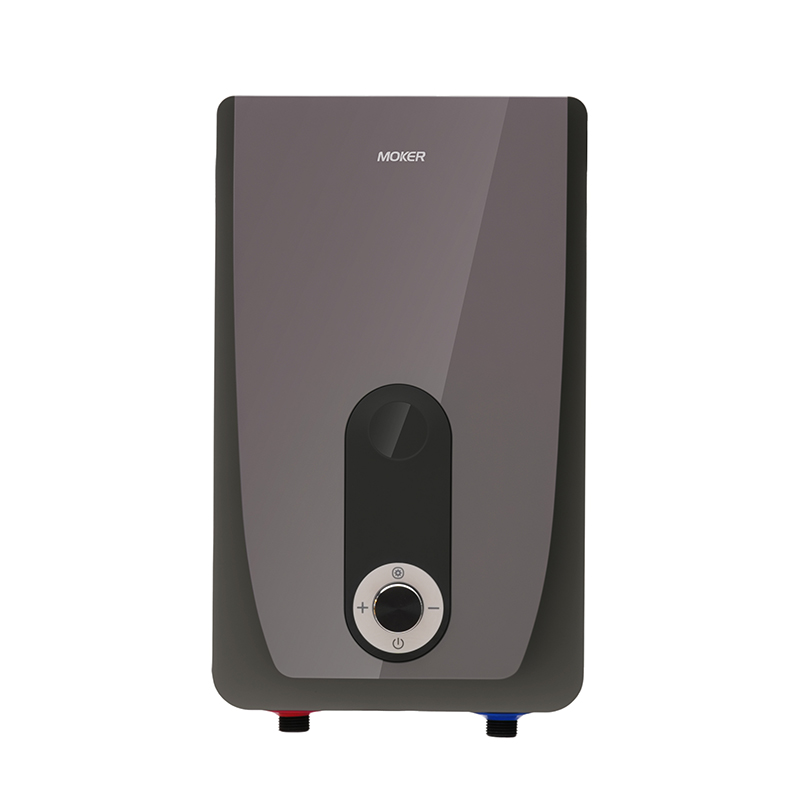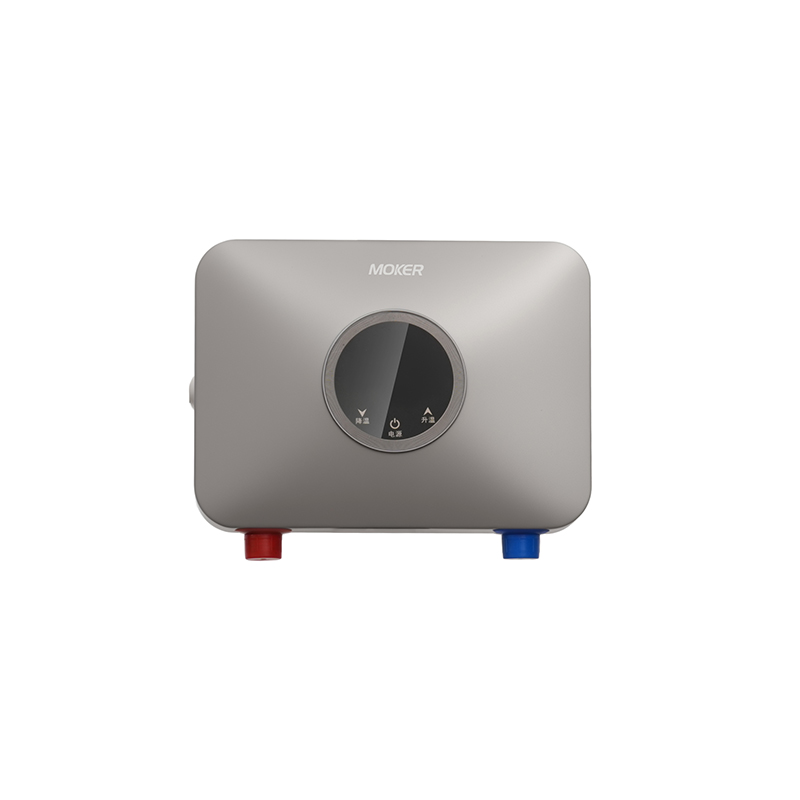Water Hardness Tolerance of Different Water Heaters
Water hardness tolerance refers to water heater’s ability to maintain performance and avoid damage when exposed to water with varying levels of calcium and magnesium ions—high hardness causes scale buildup, while extreme softness (low mineral content) may increase corrosion risk. This tolerance directly impacts maintenance frequency and service life: poor tolerance leads to frequent component replacement, while strong tolerance reduces long-term costs. Electric water heater, Tankless Water Heater, Instant water heater, electric tankless water heater, and instantaneous water heater electric each have distinct tolerance levels shaped by their internal components and water flow design.
Electric water heater has moderate tolerance to water hardness, with scale affecting heating efficiency over time. In medium-hard water (5–10 grains per gallon, gpg), Electric water heater’s tank and heating elements accumulate thin scale layers—this insulation reduces heating efficiency by 5–10% annually but rarely causes immediate failure. In high-hardness water (above 10 gpg), scale builds faster: thick deposits form on bottom heating elements, forcing Electric water heater to use more energy to reach set temperatures, and may cause elements to overheat and burn out (needing replacement every 2–3 years, vs. 5–6 years in soft water). Electric water heater handles low-hardness water (below 3 gpg) well, with minimal corrosion risk thanks to glass-lined tank interiors. To boost tolerance, Electric water heater benefits from anode rod replacements (every 3–5 years) and annual tank flushing—these steps remove loose scale and protect tank walls from both scale and corrosion.
Tankless Water Heater has low to moderate tolerance to water hardness, with scale posing severe flow and heating risks. Tankless Water Heater’s narrow heat exchanger channels (0.2–0.5 inches wide) are highly susceptible to scale clogging: in medium-hard water (5–10 gpg), scale accumulates in channels within 6–12 months, reducing flow rate by 30–50% and causing temperature fluctuations. In high-hardness water (above 10 gpg), clogs can block channels entirely within 3–6 months, forcing Tankless Water Heater into shutdown mode (error codes for “flow restriction”). Gas-powered Tankless Water Heater and electric Tankless Water Heater have similar tolerance—both rely on unobstructed heat exchanger flow. To improve tolerance, Tankless Water Heater requires mandatory water softeners in hard water areas, plus quarterly descaling (using vinegar or specialized solutions) to dissolve existing scale. Low-hardness water (below 3 gpg) is ideal for Tankless Water Heater, as it eliminates scale risks without increasing corrosion (thanks to stainless steel or copper heat exchanger materials).
Instant water heater has moderate to low tolerance to water hardness, with scale targeting its compact heating chamber. Instant water heater’s small heating elements (1–2 inches long) and narrow water passages (0.3–0.6 inches) accumulate scale quickly in medium-hard water (5–10 gpg): scale coats elements, reducing heat transfer and causing Instant water heater to take 2–3 seconds longer to reach hot water temperatures. In high-hardness water (above 10 gpg), scale can block water passages entirely, leading to no hot water output—requiring monthly filter cleaning and element descaling (using a small brush and vinegar). Instant water heater handles low-hardness water well, with no significant corrosion issues due to plastic or chrome-plated components. Unlike Electric water heater, Instant water heater cannot rely on tank flushing (it has no tank), so point-of-use water filters (10–20 micron) are essential to trap mineral particles before they reach the heating chamber.
Electric tankless water heater has moderate tolerance to water hardness, balancing heat exchanger design and scale resistance. electric tankless water heater’s stainless steel heating elements and slightly wider channels (0.4–0.7 inches) handle medium-hard water (5–10 gpg) better than Tankless Water Heater: scale buildup takes 9–15 months to affect performance, with flow rate reductions of only 15–25% initially. In high-hardness water (above 10 gpg), electric tankless water heater still needs water softeners, but its modulated heating (elements adjust power based on demand) reduces scale adhesion compared to constant-heat models. Low-hardness water (below 3 gpg) poses minimal risk, as electric tankless water heater’s corrosion-resistant materials (stainless steel, plastic fittings) prevent metal degradation. To maintain tolerance, electric tankless water heater requires semi-annual descaling and filter replacement—less frequent than Tankless Water Heater but more than Electric water heater.
Instantaneous water heater electric has low tolerance to water hardness, with scale damaging its micro-components. instantaneous water heater electric’s tiny heating coil (0.1–0.2 inches diameter) and ultra-narrow water chamber (0.2–0.3 inches) are highly vulnerable to scale: even medium-hard water (5–10 gpg) causes scale buildup within 3–6 months, leading to uneven heating (hot/cold water bursts) or coil burnout. In high-hardness water (above 10 gpg), instantaneous water heater electric may fail entirely within 1–2 months without treatment. Low-hardness water (below 3 gpg) is the only viable option for instantaneous water heater electric, as it avoids both scale and corrosion (thanks to plastic casings and copper coils with anti-corrosion coatings). To improve tolerance, instantaneous water heater electric requires weekly filter rinsing (to remove tiny mineral particles) and monthly coil soaking in descaling solution—more frequent maintenance than any other water heater type.
Water hardness tolerance varies by component size and material: Electric water heater handles medium hardness best, Tankless Water Heater and instantaneous water heater electric are most vulnerable, while Instant water heater and electric tankless water heater fall in between. Choosing a water heater based on local water hardness (tested via kits) ensures minimal maintenance and maximum lifespan—e.g., Tankless Water Heater needs softeners in hard areas, while Electric water heater works well without extra treatment in medium-hard regions.





